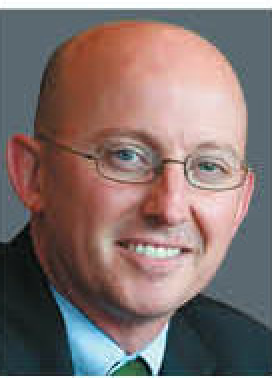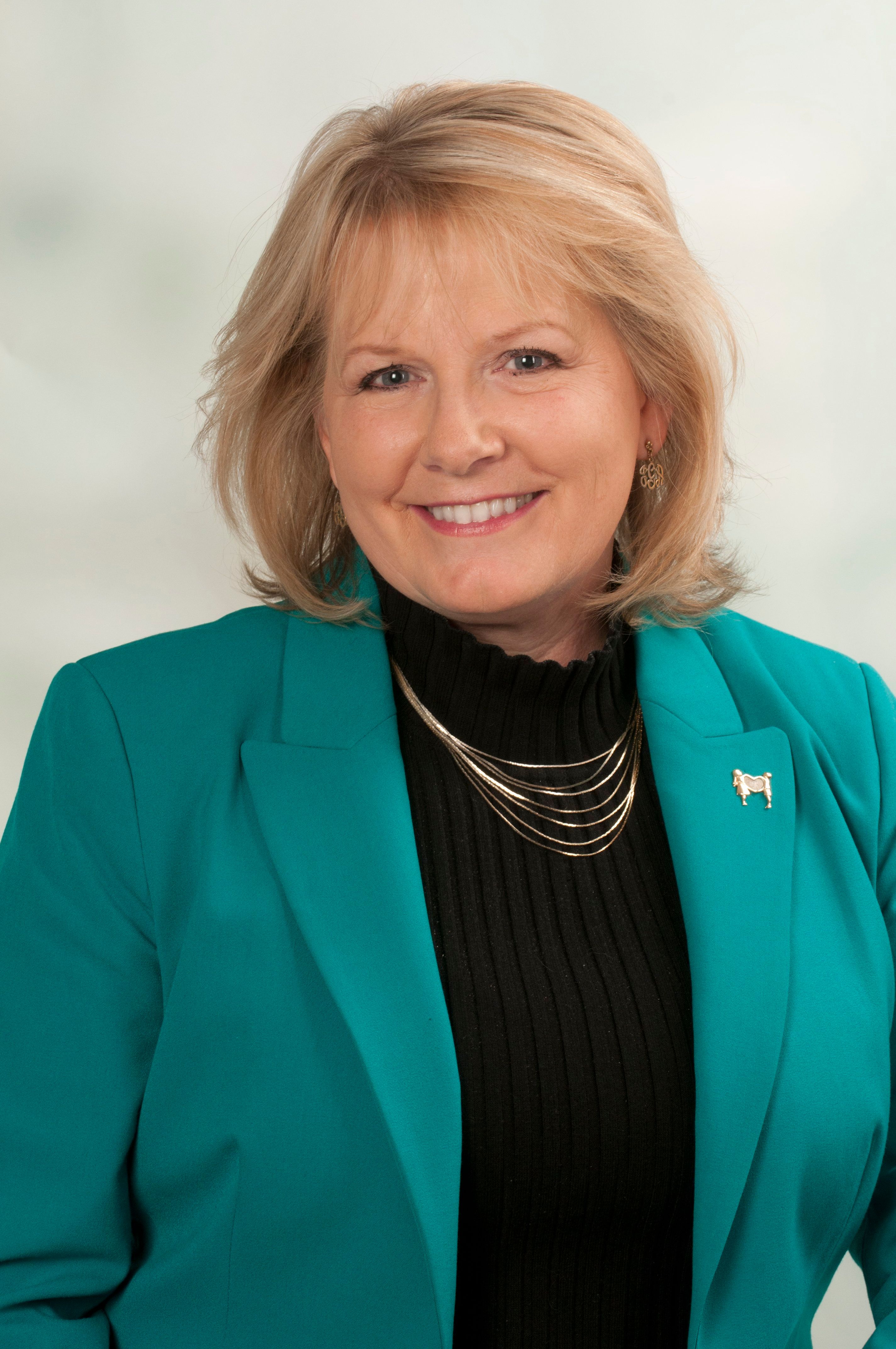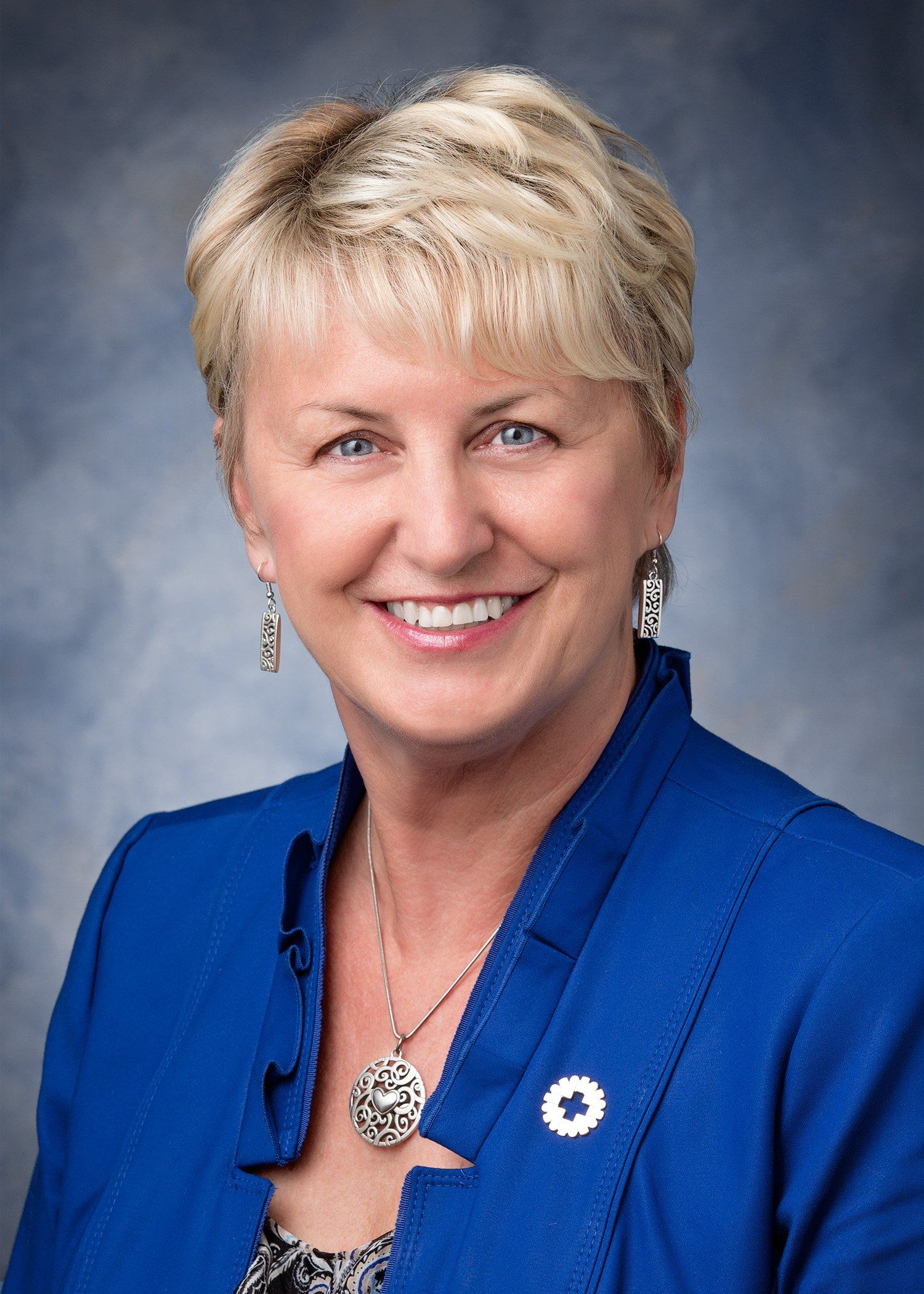Four Healthcare Executives Take on New Managed Care Roles
Many healthcare organizations are expanding leadership roles to help meet business and patient-centered goals.
Kitchell

McClure

Moretz

Macfie

Farran

In the past year, Indiana University (IU) Health, a large system in Indianapolis, has hired several new executives to tackle new initiatives, says Ryan Kitchell, executive vice president and chief administrative officer. “Investing in the new positions will directly enhance patient care by improving performance in such critical areas as population health programs, clinical effectiveness, and medical records management.” The new positions include:
- A senior vice president of population health tasked with improving the delivery and development of programs in care management, disease management, utilization management, and pharmacy benefit management.
- A senior vice president of clinical effectiveness tasked with leading the design and implementation of systemwide, patient-focused clinical teams delivering high-value interdisciplinary care. Major initiatives this individual oversees include reducing unwarranted practice variation, delivering evidence-based care with high reliability, leveraging the EHR, and effective use of pharmaceuticals and supplies.
- A senior vice president and chief health information officer tasked with overseeing systemwide EHR clinical governance and design, with responsibility for long-term strategic planning and execution.
- A senior vice president of behavioral health services tasked with leading efforts to build enhanced capabilities to respond to growing demands to treat behavioral health patients, including opioid and mental health cases.
“As the system grows over the next five years, the new talent, investments, and focus in these positions will combine to enhance IU Health’s efforts to care for patients, including doing so proactively through population health,” Kitchell says. “The investments in new executive positions should also position IU Health to better face coming challenges in the healthcare industry that include a growing opioid abuse crisis, the need to become more engaged in population health, and pressures on providers to become more efficient.”
As more health systems and health plans across the country take similar steps to IU Health, we found four healthcare executives who have recently taken on new roles. Here’s what they entail.
Angela McClure, chief experience officer (CXO)
McClure is CXO at Fresenius Medical Care North America, a large network of dialysis facilities, outpatient cardiac and vascular labs, and urgent care centers. McClure started at Fresenius three years ago as senior vice president of human resources, monitoring consumer assessments, performance, and quality metrics. In October 2017, she became the CXO, bringing her expertise in human resources and customer experience across all 14 lines of business at Fresenius.
“The customer is at the center of all of our experiences. But who that customer is changes across business lines,” McClure says. “We want to make sure that customer experience is the same for all of our customers, whether it is our employees, our patients, physician partners, or vendors.”
McClure uses quality measures and incentives to better understand the patient experience and identify ways to improve it. “Our CEO has the shared vision around the culture of employees truly activating the patient experience,” she says. “Everything is data driven. As we develop the voices of the customers, employees, patients, and physicians, we look at ways that we are measured by the industry through MEPS (medical expenditure panel survey) data, but we also want to lean on what our employees recommend.”
Julie Ginn Moretz, CXO
Moretz became the CXO and assistant vice president of patient and family-centered care for Augusta University Health System, an academic health center that manages the clinical operations associated with Augusta University in Georgia, in May 2017. She provides strategic oversight, including developing patient and family advisors and integrating their voices in all aspects of the business. Within the department, she leads 25 team members, including patient experience coordinators, interpreters, and greeters.
“Beyond the typical duties, I also work with academic leaders in a number of ways to educate the next generation of healthcare professionals about patient- and family-centered care,” says Moretz. “Our role in this center is to continue to strengthen interprofessional collaborative practice, work with our population health team, build on our electronic health record usage with patient/family input, develop a transparency model as a way to improve services, and build an infrastructure within our medical college and other colleges to support patient- and family-centered practice.”
She says the next goals of the experience department include finding ways to educate patients about reducing their healthcare footprint. “This means exploring population health more closely and reaching out to those who may need our services in a different way,” Moretz says. “My favorite quote is, ‘When a flower doesn’t bloom, you fix the environment in which it grows, not the flower.’ Often we try to fix the patient and mold them around our systems. In reality, we need to partner and engage with patients to provide them an exceptional experience that goes beyond meeting basic expectations.”
Helen Macfie, PharmD, chief transformation officer
As chief transformation officer of MemorialCare Health System, a nonprofit system with six hospitals, two medical groups, a health plan, and outpatient centers in California, Macfie works on strategic planning, performance health, and population health. She began working at the health system in 2005, and says her position evolved over time, starting with a focus on performance improvement and strategic planning, and adding population health in 2012.
“With the evolving complexity in healthcare, the drive toward population health and The Triple Aim, and the overall need for strategic planning rigor, this newer role is one that a number of leading organizations have incorporated to help knit together all the performance initiatives,” Macfie says.
Her role, which focuses on system transformation, performance improvement, clinical quality, patient safety, patient-family experience, and strategic planning, helps streamline the growing complexity of healthcare services, she says. “The role serves on our executive team, partnering with the executives across the system to drive transformation, not for the hospital only.”
The transformation department includes employees who work solely on performance, including best practices, lean management, and risk and clinical integration specialists. Macfie also manages ACO specialists that work with the organization’s medical foundation, and other employees deployed across the health system.
Joel M. Farran, chief brand officer
Recognizing that the customer base for health plans is expanding, Health Care Service Corporation (HCSC) promoted Farran from senior vice president of strategy and corporate relations to chief brand officer in January 2018. HCSC operates Blue Cross and Blue Shield plans in Illinois, Montana, New Mexico, Oklahoma and Texas.
“We are not an insurance carrier just about transactions, and to add value we realize that we need to provide data, information, and insight to all of our customers,” Farran says, adding that these customers include consumers, employers, and government agencies.
The branding department is new to HCSC, but includes traditional functions such as marketing, public affairs, communications, and advertising. Farran says he is bringing together functional communications used in each department to create a unified, proactive voice for the organization. “We recognize that there are a lot of other areas that we need to be connected to, including the customer journey,” Farran says.
The branding department is also working to improve customer perception, he says. “The reforming healthcare market, advancement of technology, and the growth of consumerism forced us to think more broadly about how all of our stakeholders view us,” Farran says. “With so many touchpoints today, and even more in the future, every time we touch one of our customers we need to make sure we can give them the information and services they need.”
Donna Marbury is a writer in Columbus, Ohio.
Extending the Capabilities of the EHR Through Automation
August 2nd 2023Welcome back to another episode of "Tuning In to the C-Suite," where Briana Contreras, an editor of Managed Healthcare Executive, had the pleasure of chatting with Cindy Gaines, chief clinical transformation officer at Lumeon.
Listen
Automate Your Practice's Workflows with These 5 Tools
October 4th 2023To maintain patient satisfaction and regulatory compliance and reduce potential clerical errors while maintaining high productivity, you can ease your staff’s burdens by automating your practice’s workflows and empower your staff to do more in less time.
Read More